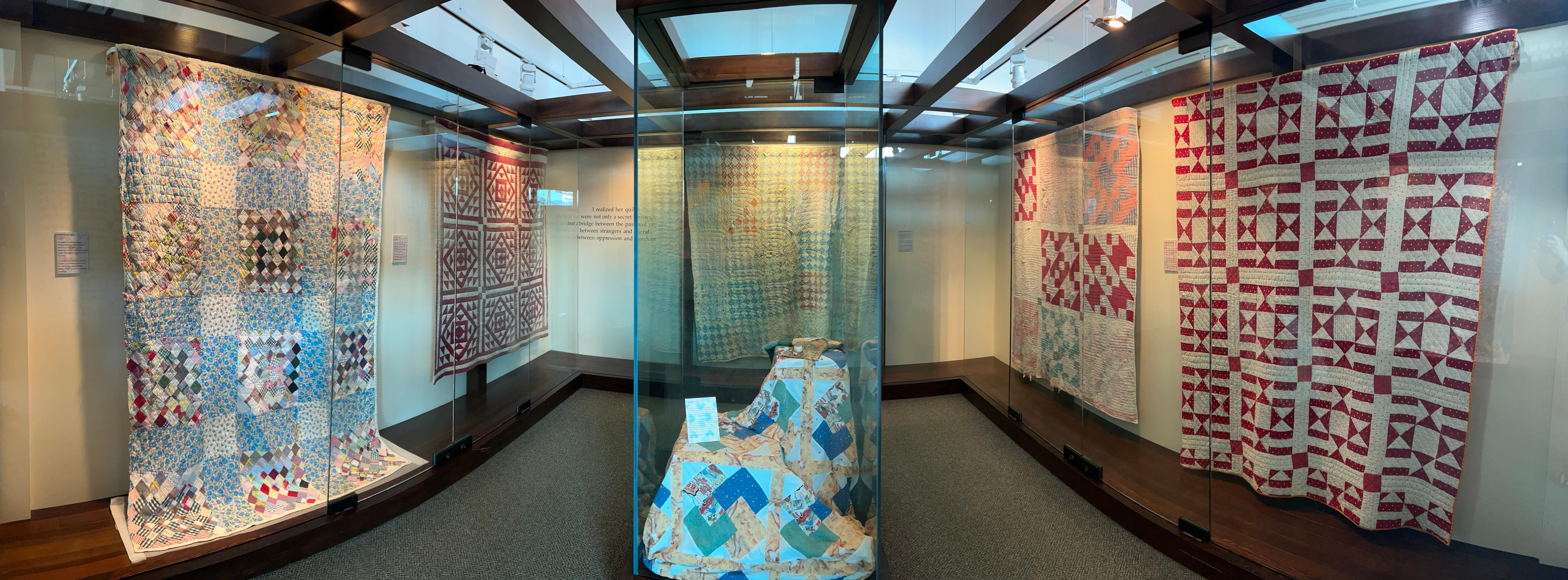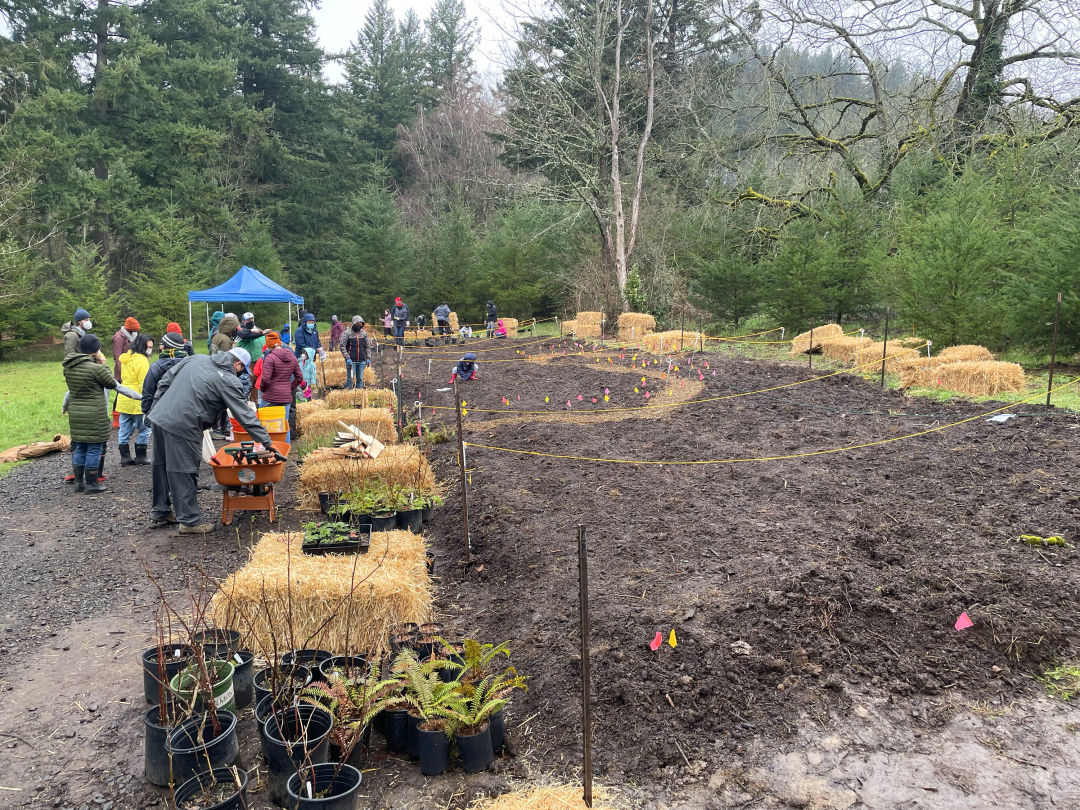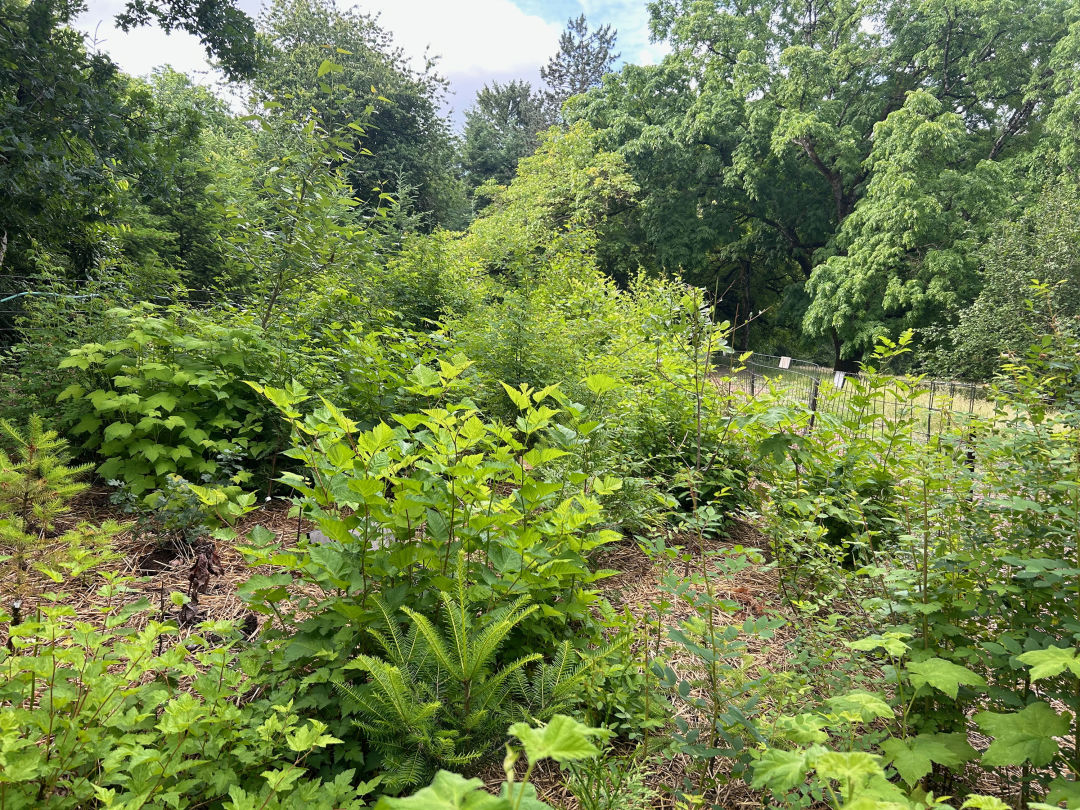
From building to buying, home prices across the country have soared to new heights. The national average cost to build a house is about $329,000, not including land. That’s for an average-sized house of 2,594 square feet, which boils down to $126 per square foot.
This may seem high, but the price to buy an existing home has skyrocketed recently, too. Currently, the median home price in the U.S. is $425,000. While the median list price is down 1% compared with the same time last year, the median listing price per square foot increased by 36% compared with September 2019, while the price per square foot grew by 50.8%.
In short, it may cost you more today to buy an old house than build a new one.
The coronavirus pandemic’s impact on new construction
According to the National Association of Home Builders, the pandemic’s disruption of supply chains has caused lumber costs to remain volatile, though prices have stabilized somewhat compared to previous peaks. Framing lumber that once set builders back about $1,200 per 1,000 board feet is now running around $850, still a significant increase but lower than the highs seen earlier.
“The pandemic has been a big source of unexpected shifts in supply and demand for all kinds of goods,” says Danielle Hale, chief economist of Realtor.com®. “As a consumer, you’ve likely experienced this in the form of empty shelves that didn’t have toilet paper or yeast or chicken.”
Given that a house is much bigger (and more expensive) than rolls of toilet paper, it’s understandable that new-construction homes, and the materials to make them, are suffering from an unprecedented price increase that has many homebuyers and builders reeling from sticker shock.
“This unprecedented price surge is hurting American homebuyers and home builders, and impeding housing and economic growth,” said NAHB Chairman Chuck Fowke. “These lumber price hikes are clearly unsustainable. Policymakers need to examine the lumber supply chain, identify the causes for high prices and supply constraints, and seek immediate remedies that will increase production.”
Still, the pandemic alone isn’t to blame for the high cost of building a house. Here’s more on why new construction costs so much, and how it compares with buying a preexisting home.
The main costs to build a house
Wondering if it’s cheaper to build a house? First, it’s important to understand that there are a few main costs involved in the construction of a home, says Andy Stauffer, owner and president of Stauffer and Sons Construction. Sure, each time you build a home, costs are a little different, but here are the biggies:
- The shell of the house, which includes walls, windows, doors, and roofing, can account for a third of the home’s total cost, or $99,000.
- Interior finishes such as cabinets, flooring, and countertops can eat up another third of the budget, averaging $79,000.
- Within the interior, kitchens and bathrooms are the most expensive rooms to build, with the average cost for cabinets and countertops alone at $14,000.
- Mechanical—think plumbing and heating—runs around 15%, or $49,000.
Architect and engineer drawings will run about $4,800.
Also keep in mind that the cost to build a home can vary widely based on where you live.
Additional costs to build a house
Now you know the basic cost to build a home, but the expenses don’t end there. Here are a few extra costs you’ll need to be aware of that aren’t factored into the above price:
- The cost of a plot of land to build on averages $3,500 per acre. That said, the average home is built on only 0.5 acre, so unless you want a lot of space in a highly desired neighborhood, that alone won’t break the bank.
- Excavation and foundation work can be the most variable cost when building a home. In other words, you never know what you’re going to find until you start digging—be it bad soil or massive boulders. If excavation and foundation work go relatively smoothly, the average cost for both is $35,000.
- You’ll need a building permit, of course—it averages $5,500 nationally.
- Other costs you’ll incur before you hammer even one nail include inspections ($4,600) and an impact fee, levied by the government to cover the costs a new home will incur on public services like electricity and waste removal ($4,000).
The current state of the new-construction industry
“When the pandemic began to unfold, builders faced the prospect of buyers disappearing,” says Hale. “And while buyers did pull back early on, the housing market quickly did a 180 with buyers coming out en masse to find a better fit at home.”
Now, as the economy has opened back up, builders are struggling to balance strong demand with supply chain crunches beyond lumber that are leading to higher prices, causing some homebuyers to hold off on moving forward with new construction. But it’s not all doom and gloom.
“I expect that we’ll see new home sales eventually pick up in a more gradual manner as builders work through supply chain challenges and the development pipeline normalizes,” Hale adds.
So, which is cheaper?
Although it may cost you more today to buy an old house than build a new one, you save yourself the headaches that inevitably come with construction, along with the long wait before you move in.
On average, the time it takes to build a house is about six to nine months.
Still, building a house does have its advantages. Everything from pipes to the heating and cooling systems will be new. That means no costly repairs in the near future—and so a newly built home could end up costing less in the long run.
Buying vs. building
All in all, it’s smart to weigh the pros and cons of new versus old construction—and the price you pay for construction costs versus an existing home is only the beginning. Here we lay out everything a homebuyer needs to know about buying an existing home compared with building one from scratch or having it built by a general contractor.
There are actually two things to consider: the upfront costs of buying versus building, and the ongoing maintenance costs.
The upfront costs
If you buy an existing home: According to the latest figures, the median cost of buying an existing single-family house is $355,000. For the average 1,500-square-foot home built before the 1960s, that comes to about $237 per square foot. That said, the exact price can vary widely based on where you live. (Go to realtor.com/local to see the price per square foot in your area.) (Go to realtor.com/local to see the price per square foot in your area.)
If you build a new home: Building a house will set you back an average of $296,652, plus about $35,872 due to the pandemic-related uptick in material costs.
But you may get a lot more for your money. For one, new construction is usually more spacious, with a median size of 2,594 square feet—so the cost to build per square foot is actually lower than the cost per square foot of existing homes.
Another advantage of having a builder construct a custom home is you pay for only what you want, whereas an existing home may have interior and exterior features (e.g., a finished basement or a basketball court) you’ll pay a premium for, even if you don’t want them. But if an older house happens to be your dream home the way it is, that may be the more bargain-friendly route.
Last but not least, by building your own house, you get to design it to your exact specifications. If you have very clear ideas about how you want your home to look, this blank slate could be worth every penny.
Maintenance
If you buy an existing home: Older homes have more wear and tear, which means certain things may need more maintenance—or, if they’re on their last legs, replacement, points out Michael Schaffer, a broker associate at Keller Williams Integrity Real Estate LLC.
Naturally, the cost of this upkeep isn’t cheap, so make sure you know the age of the main items. For example, the average furnace is expected to last 20 years and will cost $5,000 to replace. The typical HVAC system lasts 15 years and costs $8,000 or more to replace.
Another biggie is the roof: The average shingled roof holds up for about 25 years. If you need to replace roofing, you’re looking at a bill starting at $9,000. Plumbing and septic systems can go for some time without a problem, but when something goes wrong, it’s an emergency.
With an existing home, unless you step into a high-end home with everything you want, you may want to start changing things, even if they are still functional. Home improvement shows make it seem simple to change countertops and flooring, or even overhaul floor plans. When you’re paying for material that’s shot up in price recently and labor costs for plumbing and drywall work, you may start to think your total cost might have been less paying a builder for a custom home in the first place.
If you build a new home: Considerably less upkeep is one of the primary reasons to build your own single-family home, because everything from major appliances to the HVAC system is new and under warranty. In fact, sometimes the entire home is protected for up to 10 years because a builder generally offers a construction warranty “for any problems that arise,” says Schaffer. Your interior and exterior maintenance outlay for a decade is potentially zero dollars. That can make up for some home construction costs per square foot that you paid by opting for a custom home.
Landscaping
If you buy an existing home: A major perk of older homes is mature landscaping with large trees and established plantings. That may not seem like a big deal until you consider that the U.S. Forest Service estimates that strategically placed mature trees can add tens of thousands of dollars to a property’s value and save up to 56% on annual air-conditioning costs.
If you build a new home: Builders often do little or no landscaping to new construction. It may take thousands of dollars—and many years—to get the yard you want. For instance, one 6- to 7-foot-tall red maple will cost about $99.95 (if you plant it yourself), which will then grow 2 to 3 feet a year. According to HomeAdvisor, the cost of adding completely new landscaping ranges from $1,400 to $5,700-plus.
Energy efficiency
If you buy an existing home: The latest U.S. Census found the median age of American houses to be 46 years old as of 2020. Older construction means dated windows and appliances—dollars flying out the window on wasted energy expense.
If you build your own home: Recent construction almost always beats older homes in energy efficiency, says Kyle Alfriend of the Alfriend Real Estate Group Re/Max in Ohio. Homes built after 2000 consume on average 21% less energy for heating than older homes, mainly because of their increased efficiency of heating equipment and building materials. This translates into reduced energy expense every month, even with the higher square footage in many newer homes.
“However, often the regulatory requirements on new construction are stricter than existing buildings,” says Hale. “This can mean you enjoy better energy efficiency, but these requirements can also drive up the price of new homes and mean that they take longer to build.”
Appreciation
If you buy an existing home: The nice thing about old homes is that there’s context to your purchase: You can research the home’s previous sale prices, as well as prices of similar homes in the area (known as comparables, or comps) to get a feel for whether prices are rising or falling in your area. If the prices for your home and others in the area have been steadily rising, odds are decent that the trend will continue, which bodes well for you if you decide to sell later on.
If you build a new home: New house construction, particularly in up-and-coming neighborhoods, can be more of a gamble. Without a proven track record of lots of comps, there just aren’t enough data points to really know what could happen down the line. However, some buyers in hot markets are seeing incredibly quick jumps in their new-construction property value.
For this and related articles, please visit Realtor.com






